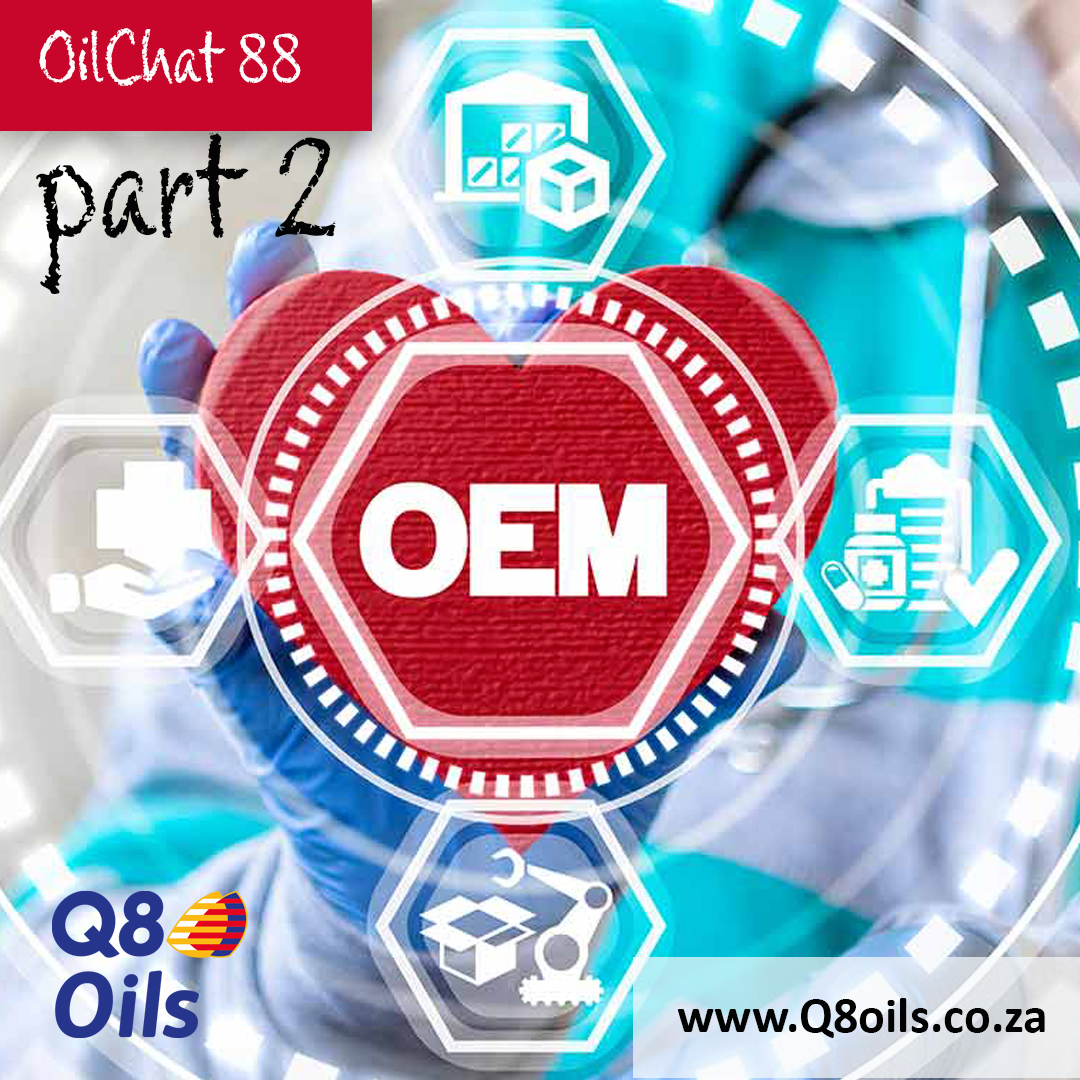
In this three-part series of our newsletter we compare the significance of OEM lubricant recommendations to plant based lubricant selection. In the previous issue of OilChat we examined the underlying objectives and considerations behind the OEM’s lubricant recommendations. In this issue of the newsletter we will focus on the unique environment and operating conditions of the plant.
In this three-part series of our newsletter we compare the significance of OEM lubricant recommendations to plant based lubricant selection. In the previous issue of OilChat we examined the underlying objectives and considerations behind the OEM’s lubricant recommendations. In this issue of the newsletter we will focus on the unique environment and operating conditions of the plant.
Plant specific lubricant selection is based on several considerations, including the following key areas:
Lubricant Consolidation:
Imagine a restaurant allows its customers to customize their meals. While this approach caters perfectly for the taste of each individual, it would require the restaurant to stock an enormous variety of ingredients and the cooking process will be significantly complicated. This could lead to inefficiencies, increased costs, longer waiting times and potential errors in order fulfilment.
In contrast, consider a restaurant with a well-planned menu. This menu may not cater for every specific customer’s preference, but it offers a balanced variety of dishes that satisfy the majority of patrons. By doing so the restaurant operates more efficiently and the kitchen can manage stock better, prepare meals faster and maintain a higher quality and consistency, all while reducing costs and complexity.
This scenario mimics the situation in a large plant with numerous machines. If each machine uses an OEM-recommended lubricant, the variety (like the customizable menu) becomes unmanageable and will lead to logistical challenges and increased costs. However, by selecting a consolidated list of lubricants (like a set menu), the plant can adequately meet the needs of most machinery. This approach enhances overall operational efficiency, simplifies inventory management and reduces costs – even if some machines have their specific lubricant. In addition, more favourable lubricant supply agreements can be negotiated with suppliers which can provide immediate cost savings. The biggest savings, however, may be from reduced machine failures associated with cross-contamination and when the wrong product is used accidentally.
Optimum Lubricant Selection:
Like most other maintenance decisions for a machine, durability, safety, cost, and environmental impact will influence lubricant selection. This means that many similar machines may require different lubricants and service practices, all based on what is optimal to meet reliability objectives of the OEM.
The OEM-recommended lubricant is often a single lubricant (or specification) that considers the most intended use case. Nonetheless, any one machine may have different operating environments. For example, one specific machine may operate sufficiently with a straightforward economical lubricant. In contrast, in another area of the plant, the same type of machine may require a premium lubricant. In this case the most cost-effective lubricant, meeting the requirements of both machines, should be selected.
Upgraded Lubricant Selection:
Lubricant technology is constantly evolving. New formulations and additives are developed regularly to offer enhanced performance characteristics, such as better temperature stability, improved wear protection and extended lubricant life. In some cases newer aftermarket lubricants may outperform the products recommended by the OEM, especially in harsh or unusual operating conditions.
When considering specific operating conditions of a machine, lubricants need meticulous selection. Operating temperature, workload, and operational frequency are fundamental factors that can significantly affect lubricant performance. These can be counteracted with adjustments in lubricant selection, such as viscosity (which may be influenced by operating temperature and load) or lubricant formulation (this can improve oxidative stability, wear protection and seal compatibility).
In the next issue of OilChat we will discuss plant based lubricant selection in further detail. If you have any questions concerning lubricant consolidation in the interim, simply mail us at info@bcl.co.za. Our experts are at your disposal and ready to provide you with advice and guidance.
This approach may be adequate at first. However, several shortcomings require a more strategic approach, particularly when considering the specific environment and operating conditions of the plant, as well as the typical challenges of managing maintenance across dozens of machines. In this case the “safe choice” may have far-reaching implications that influence lubricant selections.
In the next issue of OilChat we will focus on the lubrication requirements of the environmental and operating conditions of the plant. If you have any questions concerning lubricant consolidation in the interim, simply mail us at info@bcl.co.za. Our experts are at your disposal and ready to provide you with advice and guidance.
Reference:
Bennet Fitch: Warning! The OEM-Recommended Lubricants Might Not the Best Choice, Machinery Lubrication Magazine: November 2023.

